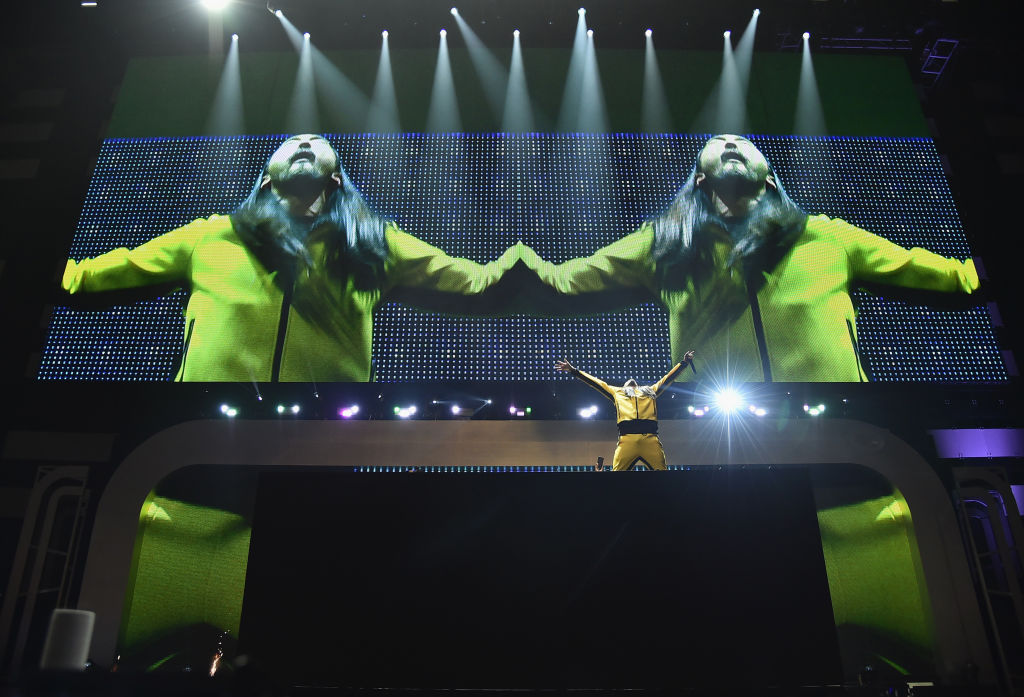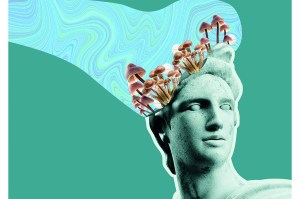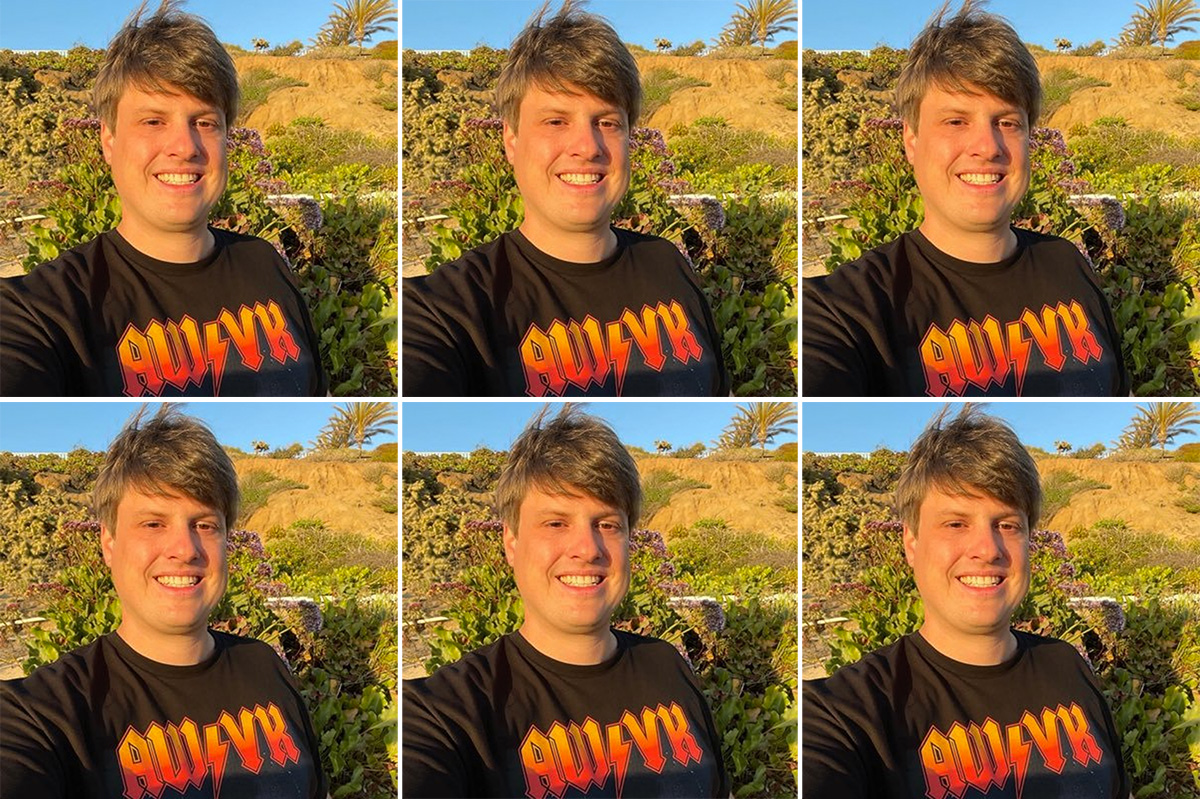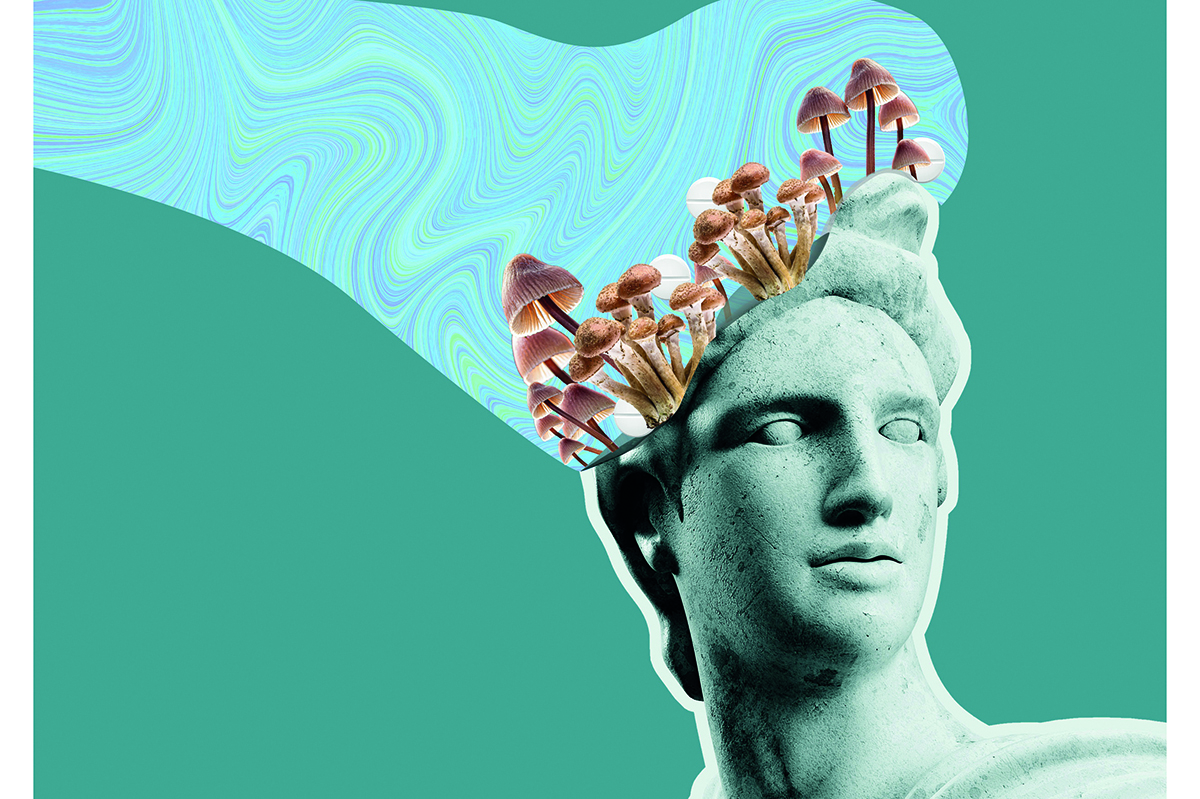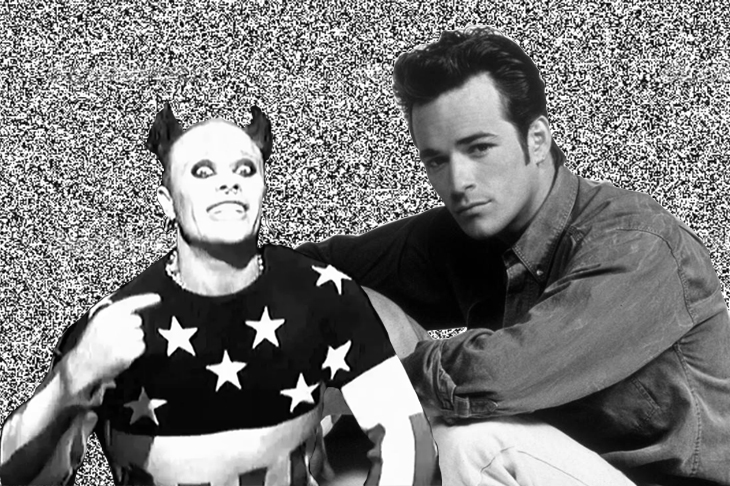When I heard the breaking news that one of Electronic Dance Music’s most popular DJs has resolved to make dance music ‘more fun and more inclusive’, I groaned. Must politics invade dance music as well as every other aspect of modern life?
I’ve been listening to EDM almost daily for years. The genre is maligned for its repetitive, mechanized sound, and its reliance on Auto-Tune, but it’s also surprisingly complex and various — diverse, one might even say. It’s true that EDM is often the soundtrack of drug-fueled club raves, but do charges of elitism and homogeneity really hold up in the sober light of dawn?
EDM emerged in the 1980s. It’s a love child of Sixties experimental music and Seventies disco, energized by affordable drum machines and synthesizers from Roland and Yamaha. Spreading from club culture and after-hour raves through social media, music streaming, and YouTube, EDM became internationally popular, eventually splitting into a host of different sub-genres. Today, you are likely to hear EDM while you buy your organic kale at Whole Foods or yoga leggings at the mall.
While most EDM is born digital, a staple of the genre is the remix which recasts most or all of a song using EDM musical conventions. DJs most often remix their peers’ songs, but I’ve also heard remixes of songs by the Rolling Stones, U2, Fleetwood Mac, and Adele, some more successful than others. One of the most hummable remixes of recent memory is Audien’s version of ‘Something Better’ by country music’s Lady Antebellum.
Also in current rotation is Solidisco’s version of ‘Take Your Time (Do It Right)’ by the S.O.S. Band, disco stalwarts whose 1980 hit has become even more irresistibly danceable. And I almost drove off the road when I heard a remix of ‘Land Down Under’ by Men at Work — yes, the same song that was all over the radio in the early 1980s — by Mexican-American producer DJ Deorro. He, by the way, is also the genius behind ‘Rise and Shine’, an Electroswing number that threatens to bring back the Charleston.
Who are the DJs? Yesterday’s kid in a basement is today’s mega-artist. Not so long ago, Skrillex was living under an overpass, but now he’s a multiple Grammy winner and the mastermind behind Justin Bieber’s recent comeback; not that we were really looking for a return of the Biebs. The top DJs make a lot of money, and they literally live a jet-set life. According to Forbes, Calvin Harris tops the list of highest paid DJs in 2018, his sixth year in that spot, with earnings of $48 million, while The Chainsmokers raked in a mere $45.5 million.
The millions apparently failed to satisfy 28-year-old Swedish mixmaster Avicii who died earlier this year, reportedly from self-inflicted wounds after struggling with alcoholism and ill health. Avicii had retired at age 26 with an estimated net worth of $85 million, and was contemplating a comeback. Most DJs are in their twenties or thirties, but there are some respected ‘elder statesmen’ out there, such as France’s David Guetta and England’s Paul Oakenfold, both in their fifties, as well as venerable Italian electronic music pioneer Giorgio Moroder, whose 1977 collaboration with Donna Summer, ‘I Feel Love’, might be one of the first EDM tracks, and whose latest album includes the autobiographical ‘74 is the new 24’.
Most DJs resemble frat boys, but some are colorful and eccentric. Japanese-American DJ Steve Aoki, whose father founded the Benihana restaurant chain, has degrees in feminist studies and sociology and is an active philanthropist. Australian vocalist Sia (one of the most gifted artists in EDM) is uncomfortable with fame and often wears a mask in public, Deadmau5 sports a giant mouse head, and the French duo Daft Punk perform in chrome helmets. You don’t even have to be a human: Gorillaz, a virtual reality collaboration, define EDM’s spirit of experimentation and collaboration. Their 2017 album Humanz ranged across deep house, hip-hop, funk, and soul, and included appearances by Kelela, Kali Uchis, Bobby Womack, Grace Jones, Mavis Staples and Carly Simon.
Gay or straight, male, female, or trans, pop, rock, country, rap, R&B — EDM welcomes collaborators of all kinds. It is true that men tend to dominate the DJ roster, but there are some formidable female DJs out there — Australian twins Nervo, for example, or Nina Kraviz, a former dentist from Siberia. My highly scientific analysis confirms that when it comes to vocals, women are far better at the kind of mannered delivery for which EDM is known. Male singers tend to sound too emo, with the exception of Above and Beyond, three men whose remarkable music — whether electronic or acoustic — also stands out for its lyrics.
Are there barriers to entry? Very few. Successful DJs usually perform enthroned behind a bank of turntables and computers, but most of them started with a laptop. Thanks to streaming and social media, emerging artists can break into the field quickly, in an entrepreneurial spirit that is far more democratic than in the past when record labels closely guarded their artists’ development. Does being surrounded by technology tend to obscure pitch problems, poor vocal technique, or mediocre playing? No doubt, but enthusiasm and charisma have long compensated for a deficit of musicianship.
To sum up: EDM is innovative, lucrative, multi-national, multi-generational, multi-ethnic, and recognizes few boundaries. Its innovators have changed music-making in significant ways and have brought pleasure to dance-lovers everywhere. Like all celebrity-driven pop culture, it has undesirable elements and aspects. These, though, result not from the music, but from the imperfect humans that make it and dance to it.
How then is EDM lacking in inclusiveness or diversity? Is it even possible for EDM to be more accessible and diverse? Disco and house music began as gay genres, before pulling everyone onto the dance floor, and EDM has extended that tradition.
Attempting to stake out a foothold for diversity and inclusion in EDM seems to imply that this music should somehow be held to account. To whom? Why? It speaks to a kind of unwelcome politicization that today seeps into virtually every area of life. If the political is absent, it must be ginned up. But the dance floor should be one place where the beat goes on — without politics.
Leann Davis Alspaugh is managing editor of The Hedgehog Review.



